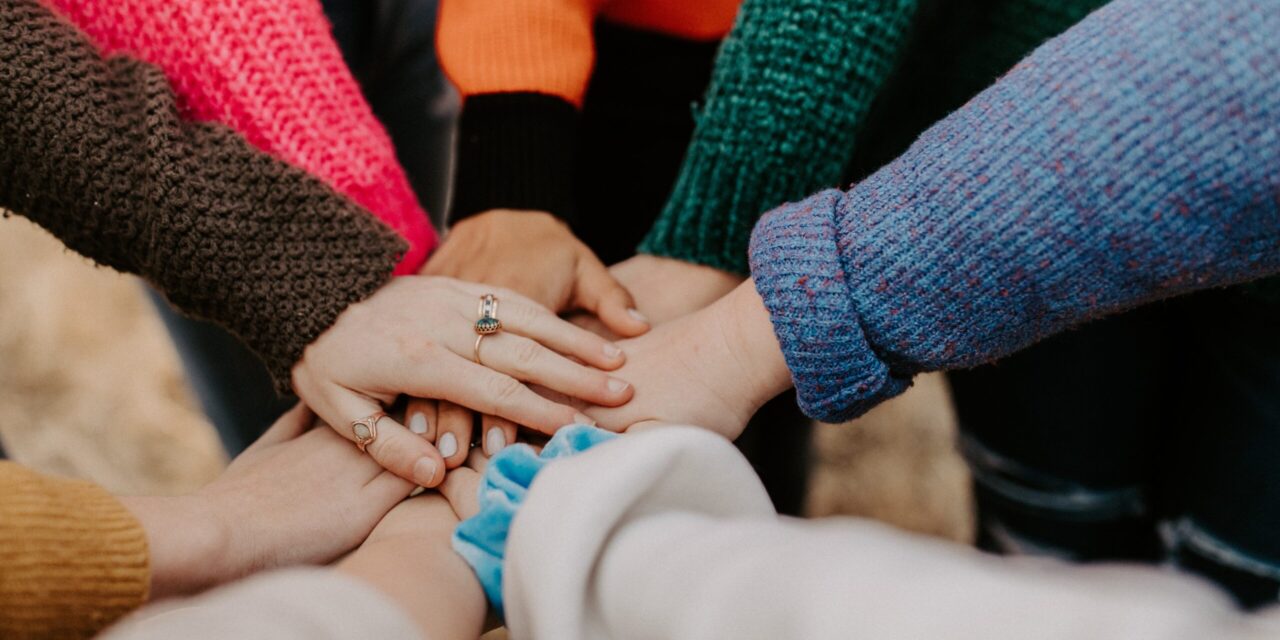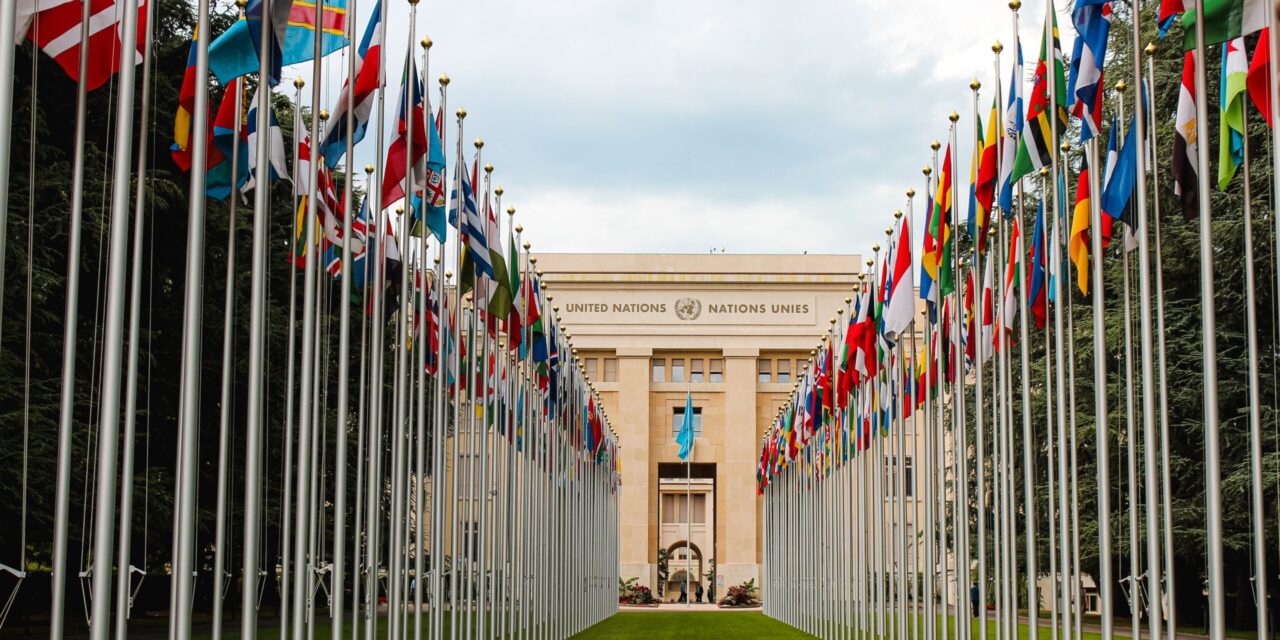
8 Actionable Steps to a Peaceful Organization
Earlier this year, we wrote a summary of a research paper that studied societies with inherent peace systems and came up with eight actionable keys to a peaceful organization. The paper focused on peace systems through anthropological and historical literature and their correlation with certain identified peace values. While it was often believed that all...









